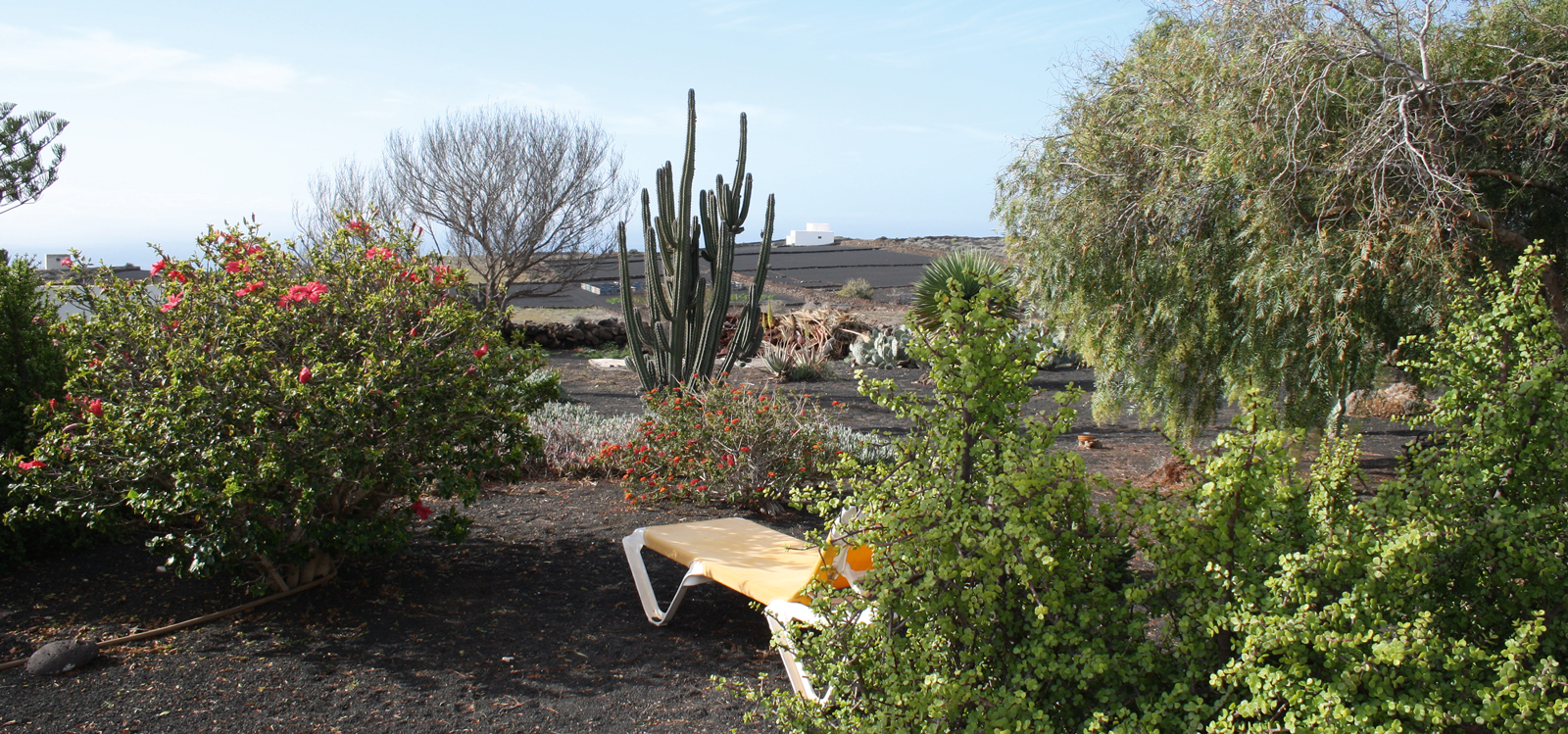
Subjective sensations determine our perception of rooms. The Caparol ColourDesignStudio explains why nature plays an important role for the design of hotel interiors.
Perceptions are subjective – and selective. From the large number of signals reaching us from the environment we filter out the ones we currently have an increased awareness of. Unconscious perceptions are processed much faster than conscious ones. Anything that is currently unimportant, uninteresting or useless does not even reach our awareness.
However, this flood of signals is not lost but adds up as some kind of background noise, which we subconsciously evaluate and which determines our mood on site. This noise is responsible for spontaneous affection or aversion. The reaction is strongly influenced by personal experience, individual needs, preferences, and interests.
This also determines what rooms and places – for examples in hotels – we spontaneously prefer. Surroundings are appealing and attractive if they present new impressions, if they are demanding but not overwhelming. The art lies in combining complexity and manageability.

Concentrating one’s attention on the big picture reduces the complexity. Vice versa, complexity increases when delving into details. Consequently, details are a central element for generating and permanently maintaining attention. A design concept involving details is particularly fascinating if it is able to still convey new impressions at second, third or tenth glance. One could also speak of design stories which become gradually accessible to the viewer.
A good example from nature are colour gradients between two or more colour nuances which merge into one another seamlessly or in steps. Viewed from a distance, such gradients are perceived as the sum of their single shades. Only from up close, the viewer can see the actual, complex structure. This principle is ideally suited as a basis for the interior design of hotels – transferred to the single components of colour, material, surfaces, and light. Less complex constellations with few details, however, are quickly comprehended and soon perceived as boring, monotonous and ordinary.
People need stimulation, which they get from sources that are not understood at first sight but require detailed consideration. Nature with its wealth of dimensions fulfils this need, and therefore it is again and again equally fascinating and stimulating.
For hotels, in particular, the generation of attention through details is a very important aspect – just as it is for us at the Caparol ColourDesignStudio. We are happy to share our experience, whether in a conversation or in the form of the digital colour design we offer.